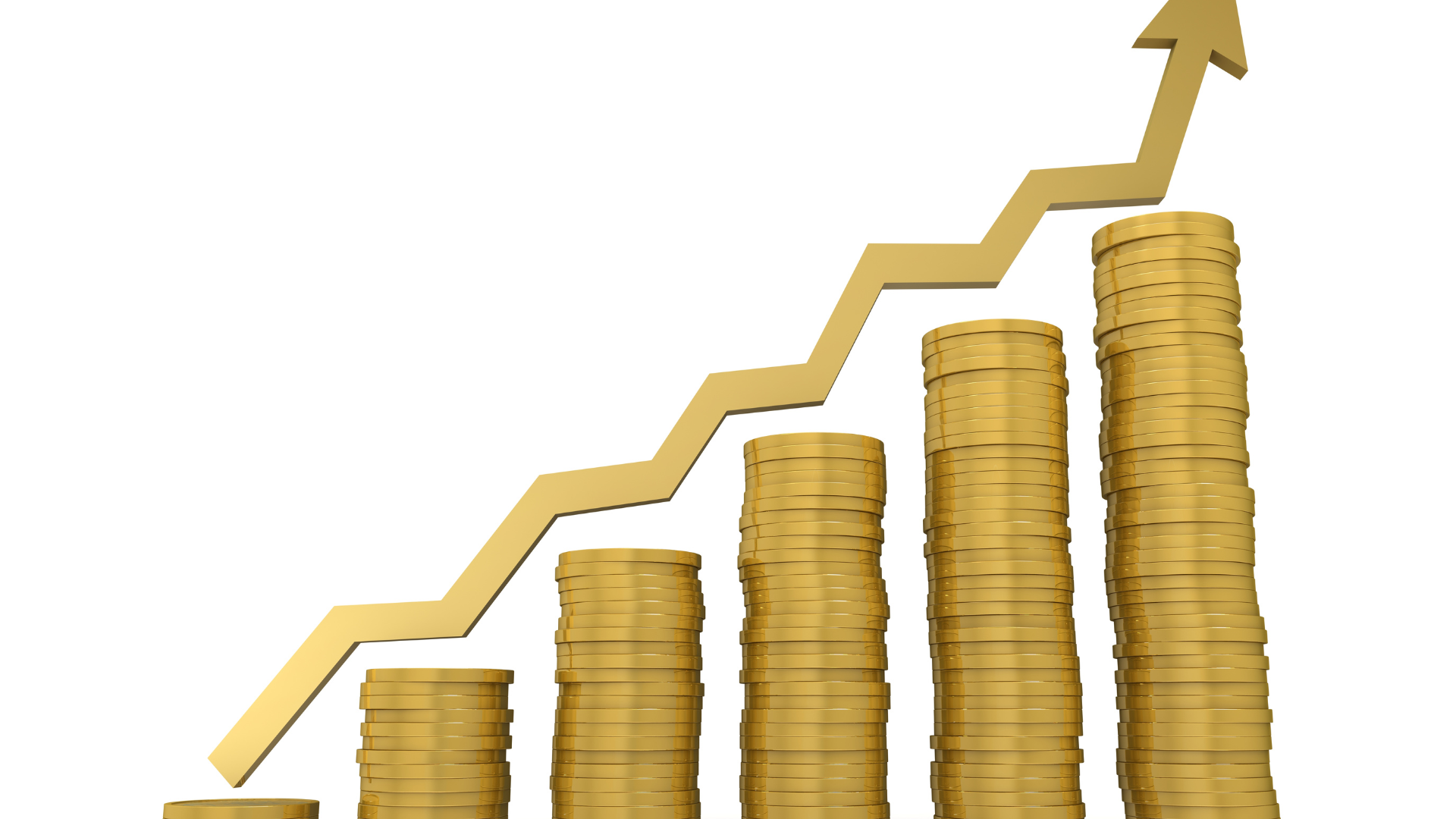Gold prices soared to a record high as investors rushed to the precious metal amid rising global uncertainty and shifting economic conditions. The surge comes as geopolitical tensions, inflation concerns, and central bank policies drive demand for safe-haven assets. Spot gold jumped past previous highs, reflecting growing caution among traders navigating volatile financial markets.
The rally was fueled by expectations of interest rate cuts from major central banks, particularly the U.S. Federal Reserve. With inflation showing signs of moderation and economic risks persisting, markets are betting that policymakers will soon ease monetary conditions. Lower interest rates typically boost gold’s appeal by reducing the opportunity cost of holding the non-yielding asset.
Another key driver has been strong demand from central banks, particularly in emerging markets. Countries have been increasing their gold reserves, seeking diversification away from the U.S. dollar amid concerns about global financial stability. This sustained buying has provided a solid foundation for gold’s upward momentum.
Investor sentiment has also played a major role, with market volatility pushing traders toward traditional safe-haven assets. Stock market fluctuations, uncertainty over economic growth, and geopolitical risks have all contributed to the rush into gold. Some analysts believe that if uncertainty lingers, gold could see further gains in the coming months.
Despite the sharp rise, some caution that gold’s rally could face resistance if economic data surprises markets or if the Federal Reserve delays expected rate cuts. However, as long as uncertainty remains elevated, gold is likely to stay in demand.
With its latest record high, gold has reaffirmed its role as a hedge against instability. Investors will now watch closely for further signals from central banks and economic indicators, which could determine whether the metal’s rally has more room to run.













